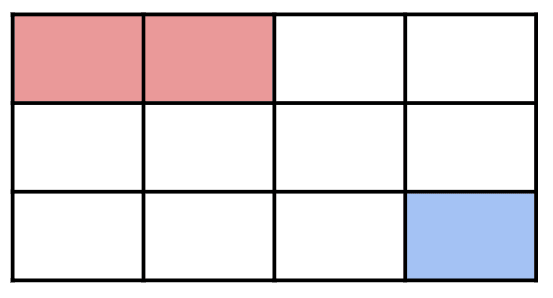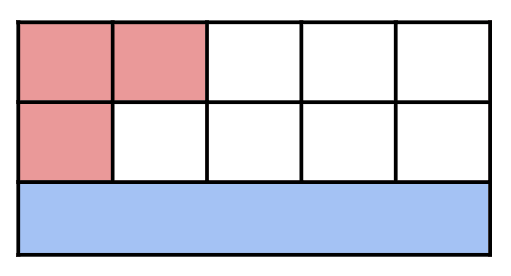Myths about teaching can hold you back


- Year 6
Explain with and without an image how to add and subtract related non-unit fractions
I can explain with and without an image how to add and subtract related non-unit fractions


- Year 6
Explain with and without an image how to add and subtract related non-unit fractions
I can explain with and without an image how to add and subtract related non-unit fractions
These resources were made for remote use during the pandemic, not classroom teaching.
Switch to our new teaching resources now - designed by teachers and leading subject experts, and tested in classrooms.
Lesson details
Key learning points
- You can use knowledge of common multiples to convert fractions to an equivalent with a common denominator.
- In equivalent fractions, the numerators and denominators have been scaled up or down by the same factor.
- Fractions need to have the same denominator if you are to add and subtract them.
- When adding or subtracting fractions with the same denominators you just add or subtract the numerators,
Keywords
Common denominator - When two or more fractions share the same denominator, you can say they have a common denominator.
Common misconception
Pupils add or subtract the numerators and denominators from eachother to find the solution.
Ensure pupils don't move to abstract equations straight away until they are secure with how addition and subtraction of non-unit fractions can be represented pictorially. You can use unitised language: ___ fifths plus ___ fifths = ___ fifths.
To help you plan your year 6 maths lesson on: Explain with and without an image how to add and subtract related non-unit fractions, download all teaching resources for free and adapt to suit your pupils' needs...
To help you plan your year 6 maths lesson on: Explain with and without an image how to add and subtract related non-unit fractions, download all teaching resources for free and adapt to suit your pupils' needs.
The starter quiz will activate and check your pupils' prior knowledge, with versions available both with and without answers in PDF format.
We use learning cycles to break down learning into key concepts or ideas linked to the learning outcome. Each learning cycle features explanations with checks for understanding and practice tasks with feedback. All of this is found in our slide decks, ready for you to download and edit. The practice tasks are also available as printable worksheets and some lessons have additional materials with extra material you might need for teaching the lesson.
The assessment exit quiz will test your pupils' understanding of the key learning points.
Our video is a tool for planning, showing how other teachers might teach the lesson, offering helpful tips, modelled explanations and inspiration for your own delivery in the classroom. Plus, you can set it as homework or revision for pupils and keep their learning on track by sharing an online pupil version of this lesson.
Explore more key stage 2 maths lessons from the Addition and subtraction of fractions unit, dive into the full primary maths curriculum, or learn more about lesson planning.

Licence
Prior knowledge starter quiz
6 Questions
Q1.Tick the non-unit fractions.
Q2.Tick the largest fraction.
Q3.Tick the pairs of related fractions.
Q4.Tick the expression that matches this image.

Q5.Select the fraction which is $$ {8} \over {12}$$ in its simplest form.
Q6.Match each fraction to a related fraction.
$$ {1} \over {3}$$ -
$$ {7} \over {21}$$
$$ {1} \over {4}$$ -
$$ {8} \over {36}$$
$$ {1} \over {5}$$ -
$$ {9} \over {55}$$
$$ {1} \over {6}$$ -
$$ {24} \over {72}$$
Assessment exit quiz
6 Questions
Q1.Tick the non-unit fractions.
Q2.Tick the related non-unit fraction for $$ {1} \over {4}$$
Q3.Tick the pairs of related fractions.
Q4.Tick the expression that matches this image.


